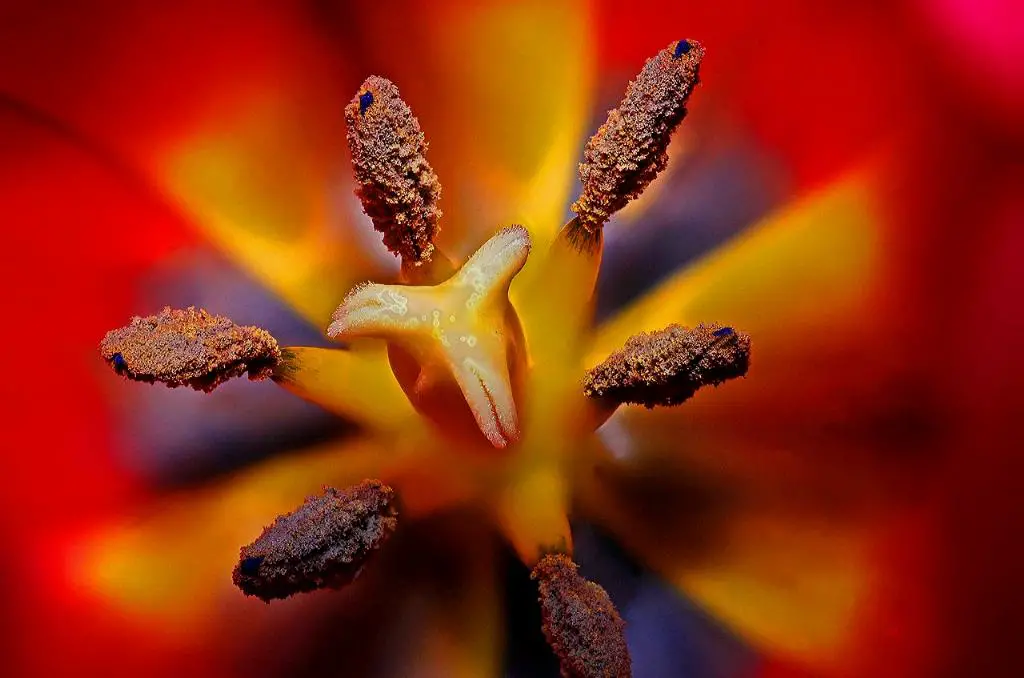When it comes to the practice of deadheading tulips, it plays a crucial role in maintaining the health and vitality of your flower garden. Deadheading essentially involves the removal of spent flowers, and this process is particularly important when it comes to tulips. Unlike daffodils, which do not require deadheading, tulips benefit greatly from having their faded blooms promptly removed.
After tulips have finished blooming, it is highly recommended to deadhead them as soon as possible. By removing the spent flowers, you are not only keeping your garden looking neat and tidy, but you are also encouraging the plant to conserve its energy for future growth and development. If tulips are not deadheaded promptly, the plant’s vigor can quickly decline, impacting its overall health and future flowering.
One of the primary reasons why deadheading tulips is essential is to prevent the development of seed pods. When tulip flowers are allowed to wither on the plant without removal, they can eventually produce seed pods. This process diverts the plant’s energy towards seed production rather than bulb development, which can lead to a decrease in bulb size and overall plant health.
Furthermore, deadheading tulips can also help in maintaining the aesthetic appeal of your garden. By regularly removing faded blooms, you can prolong the flowering period of your tulips and enhance the overall visual impact of your garden space. This practice not only benefits the plants but also creates a more visually pleasing environment for you to enjoy.
Another significant advantage of deadheading tulips is the prevention of self-seeding. When tulips are allowed to go to seed, they can potentially self-seed in the garden, leading to an unwanted proliferation of tulip plants in various locations. By deadheading the flowers, you are effectively controlling the spread of tulips in your garden and ensuring that they grow where you intend them to.
It is important to note that deadheading tulips should be performed carefully to avoid damaging the plant. When removing spent flowers, make sure to cut the stem just below the base of the flower head using clean and sharp pruners. This practice helps to minimize the risk of introducing diseases or causing unnecessary stress to the plant.
Additionally, deadheading tulips can also contribute to the long-term health and vigor of the bulbs. By preventing the formation of seed pods and redirecting the plant’s energy towards bulb development, you are essentially investing in the future growth and flowering of your tulips. This attention to detail can result in healthier plants and more abundant blooms in the seasons to come.
While deadheading tulips may seem like a simple task, its impact on the overall well-being of your plants should not be underestimated. By taking the time to remove spent blooms and seed pods, you are actively promoting the health, vitality, and beauty of your tulips. This practice not only benefits the plants themselves but also enhances the overall appearance and enjoyment of your garden space.
In conclusion, the question of whether you should deadhead tulips is unequivocally answered with a resounding “yes.” Deadheading tulips is a valuable gardening practice that can make a significant difference in the health, longevity, and aesthetic appeal of your tulip plants. By investing time and effort in deadheading, you are effectively nurturing your tulips and setting the stage for a vibrant and flourishing garden.

